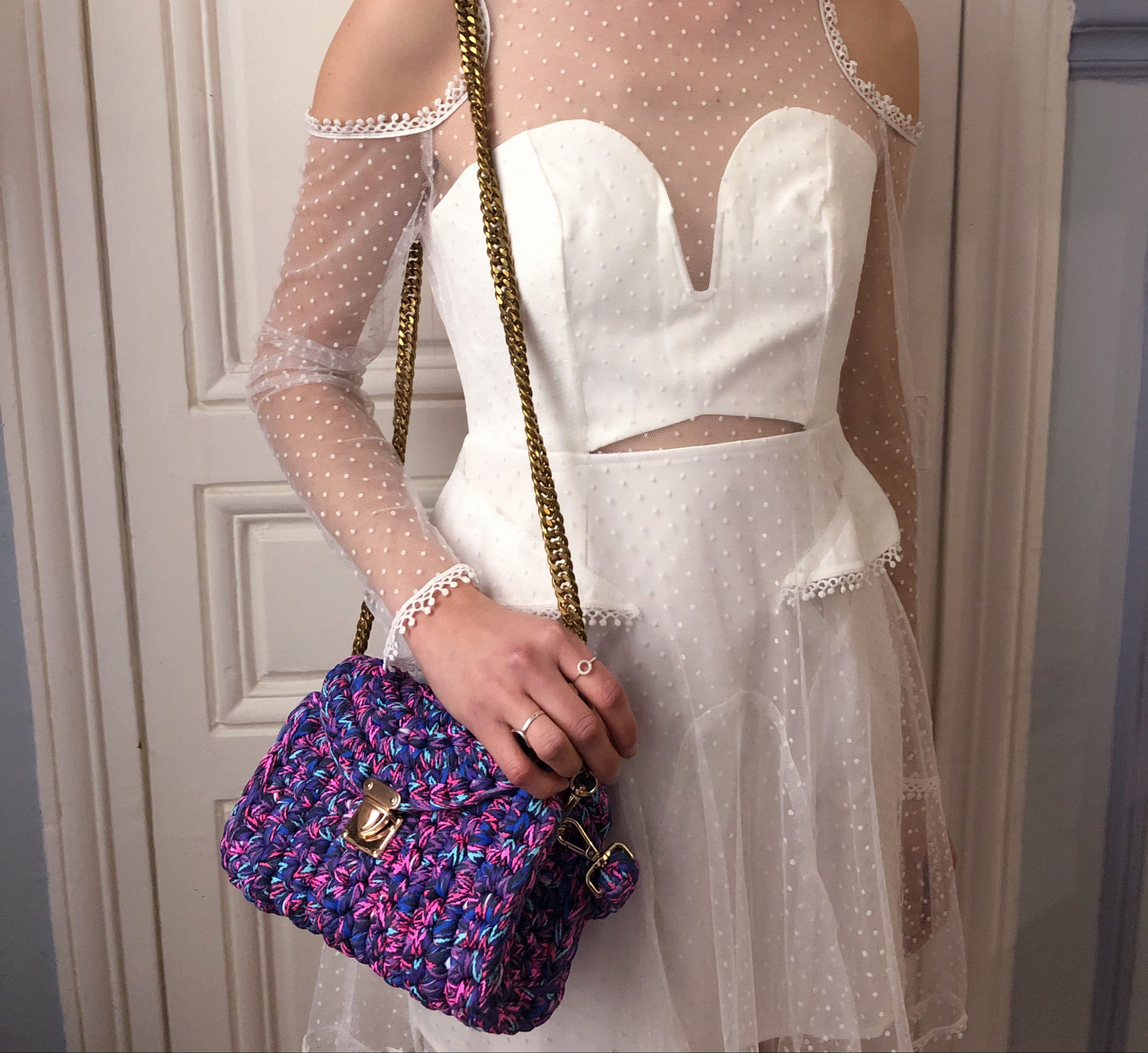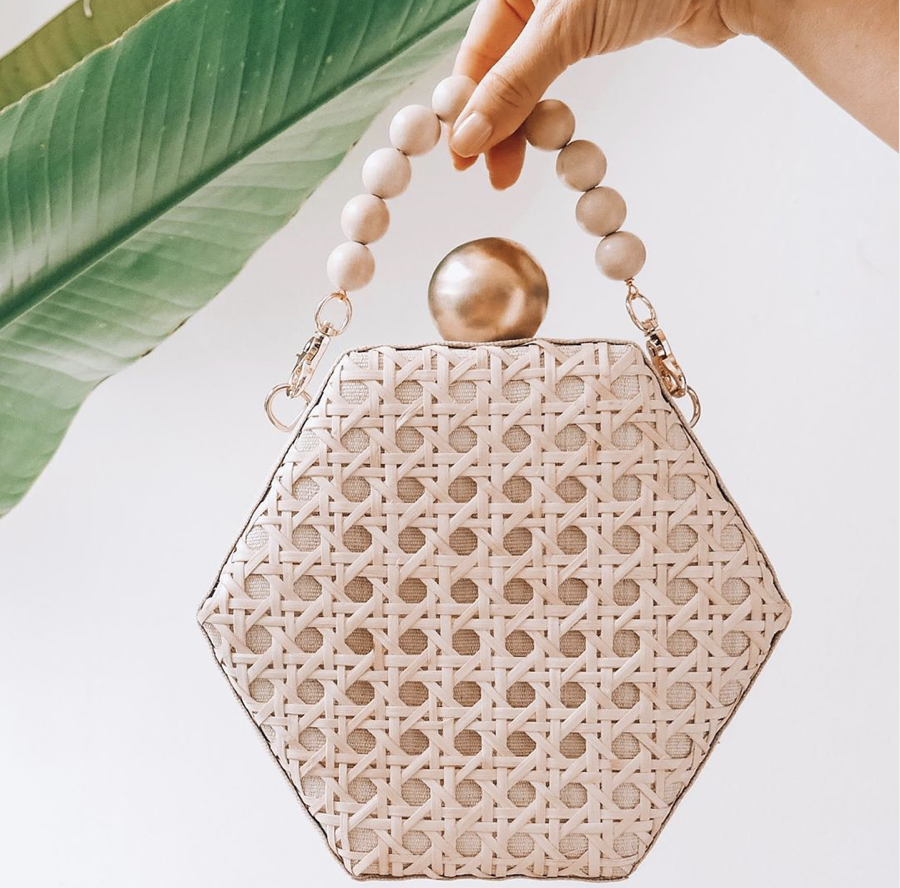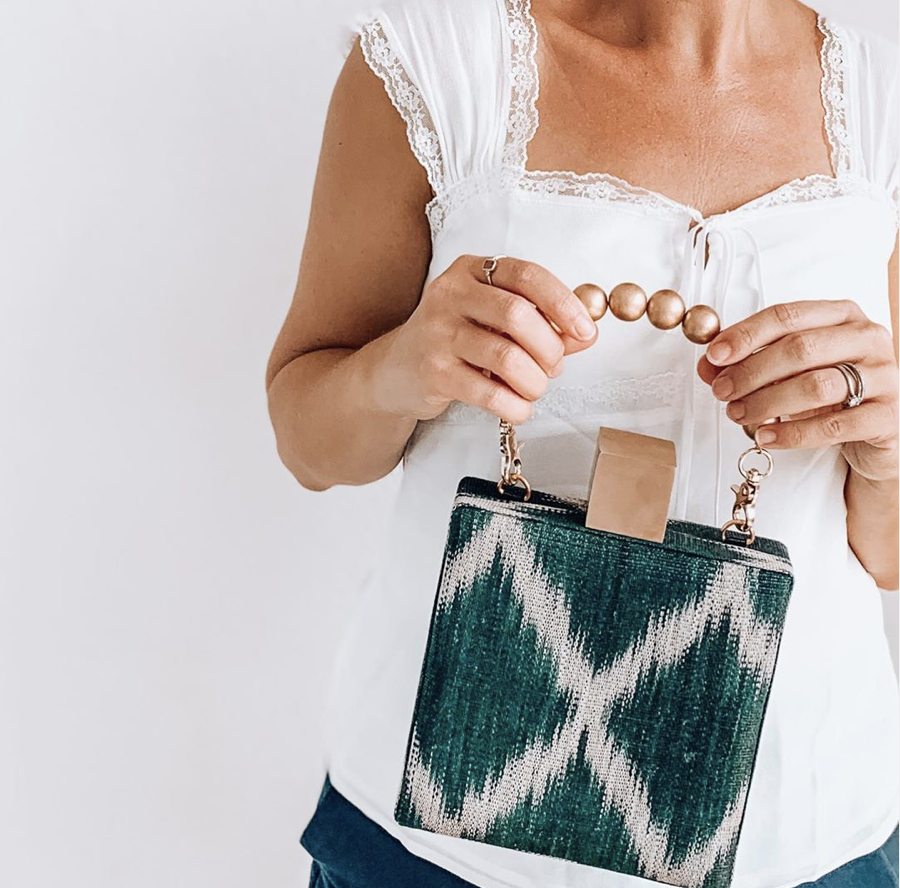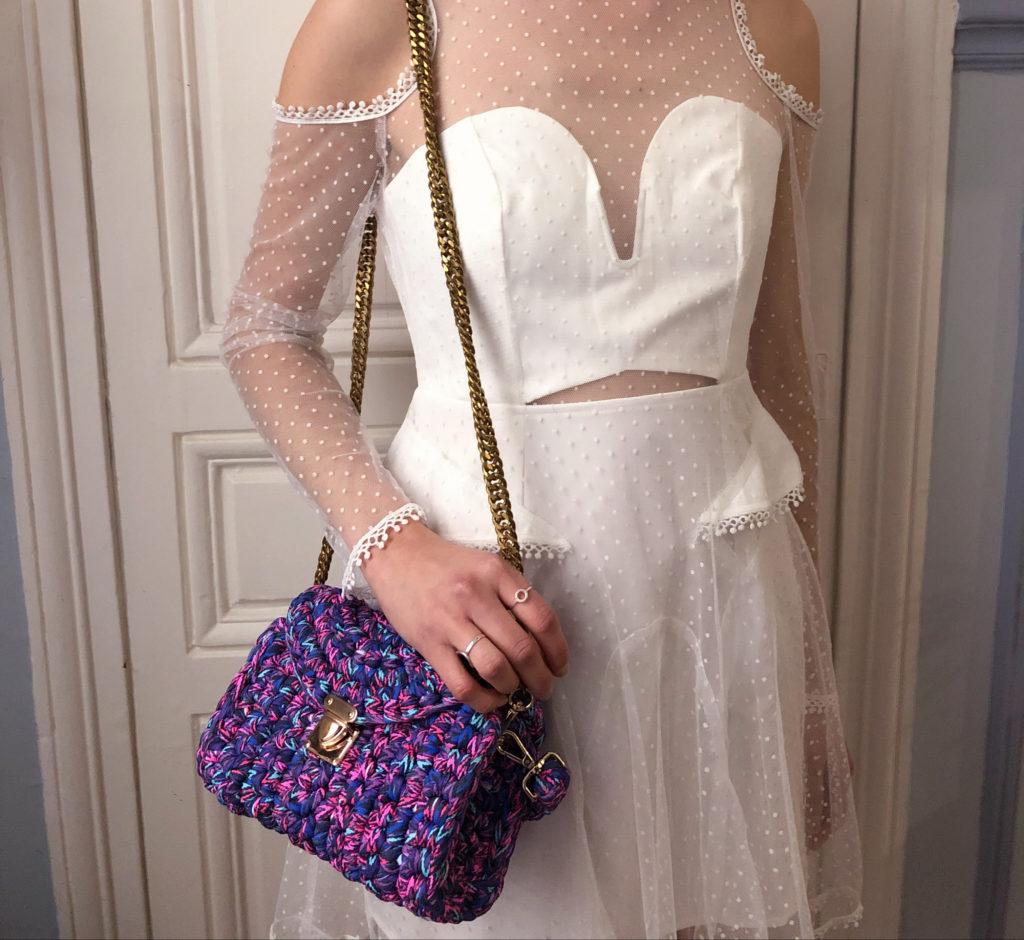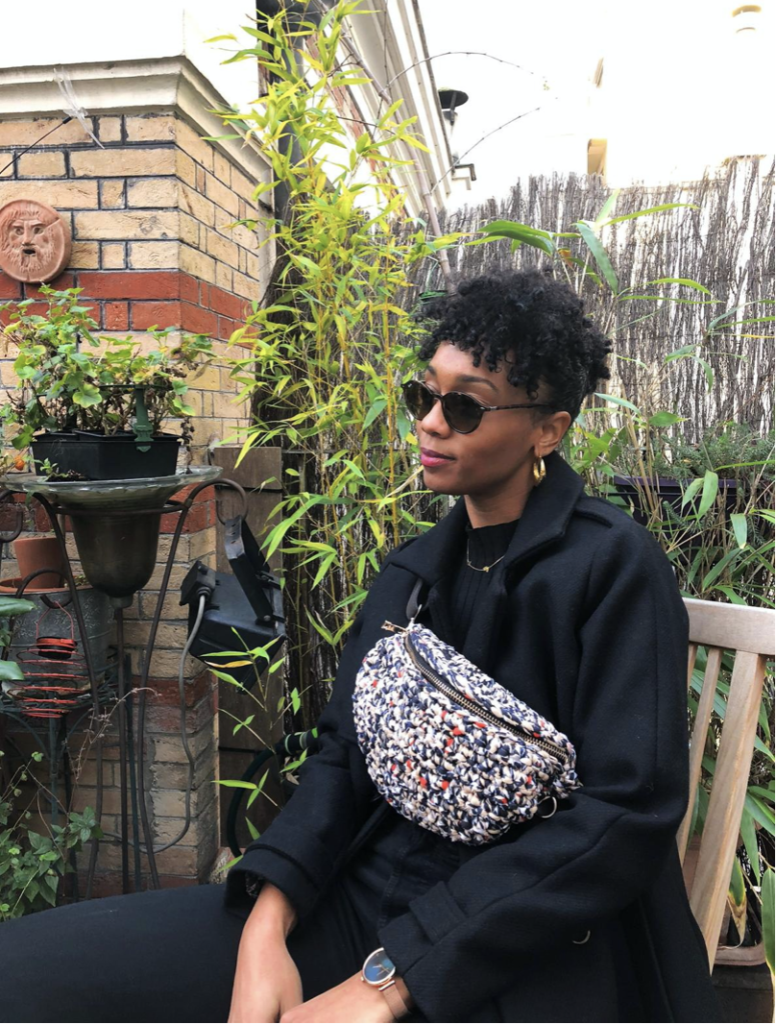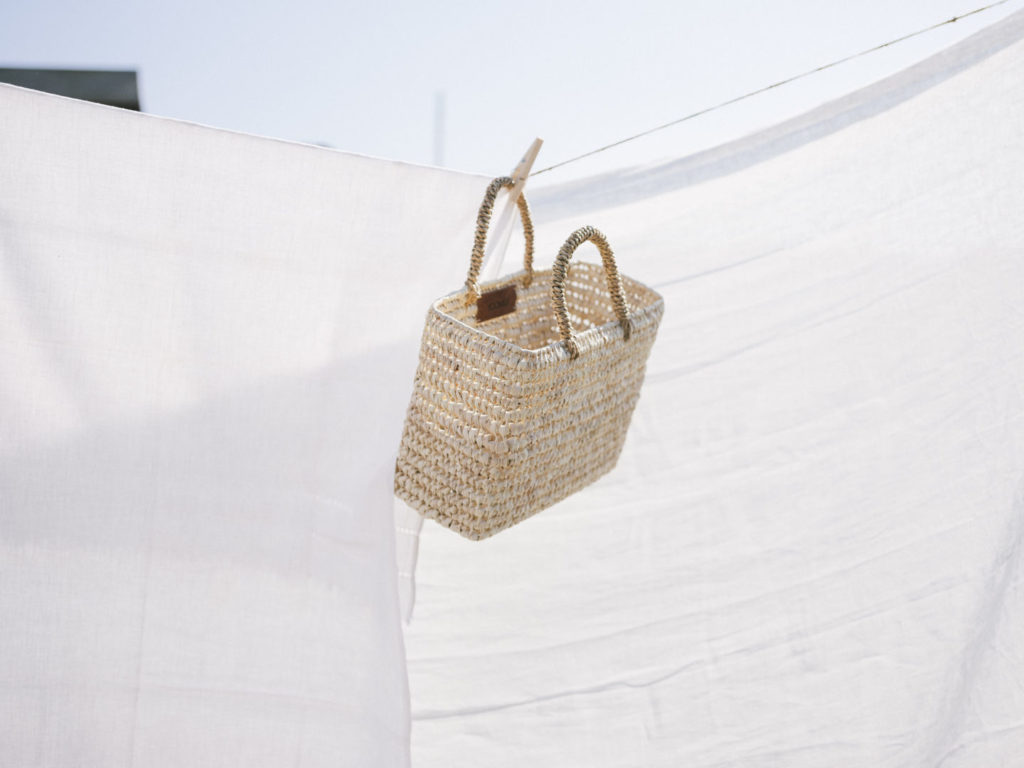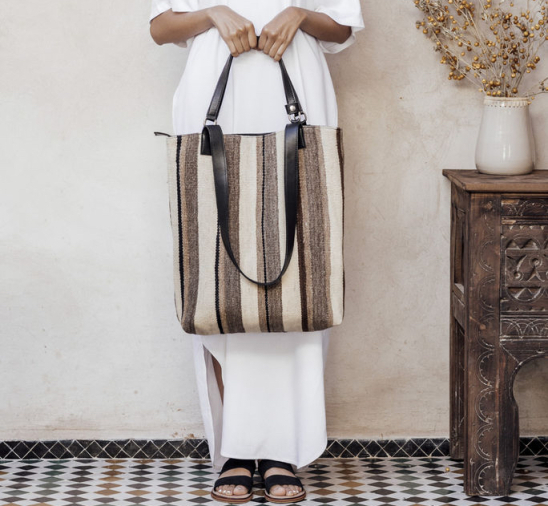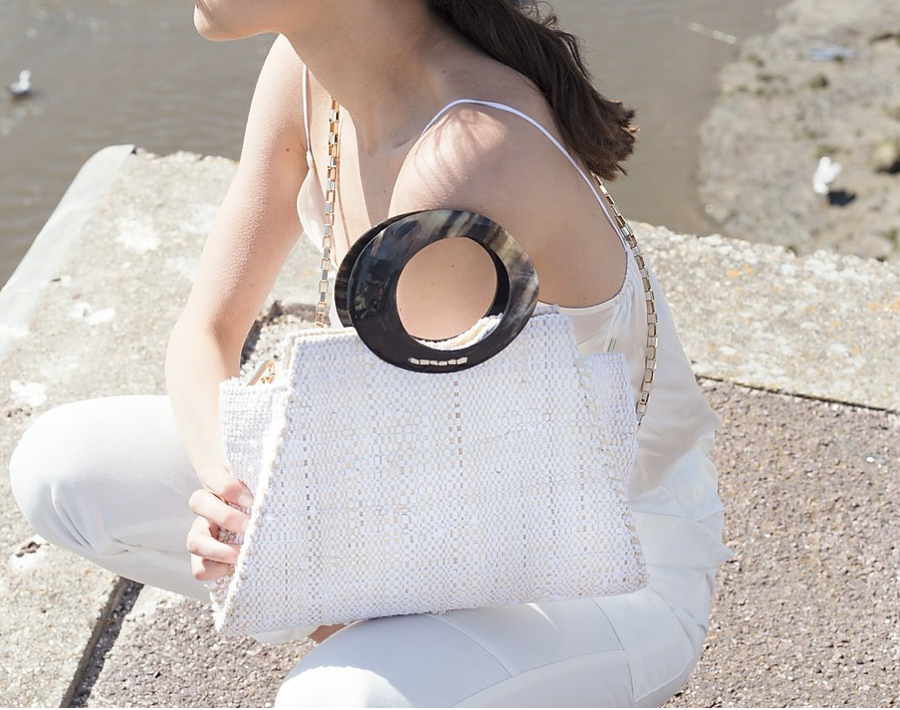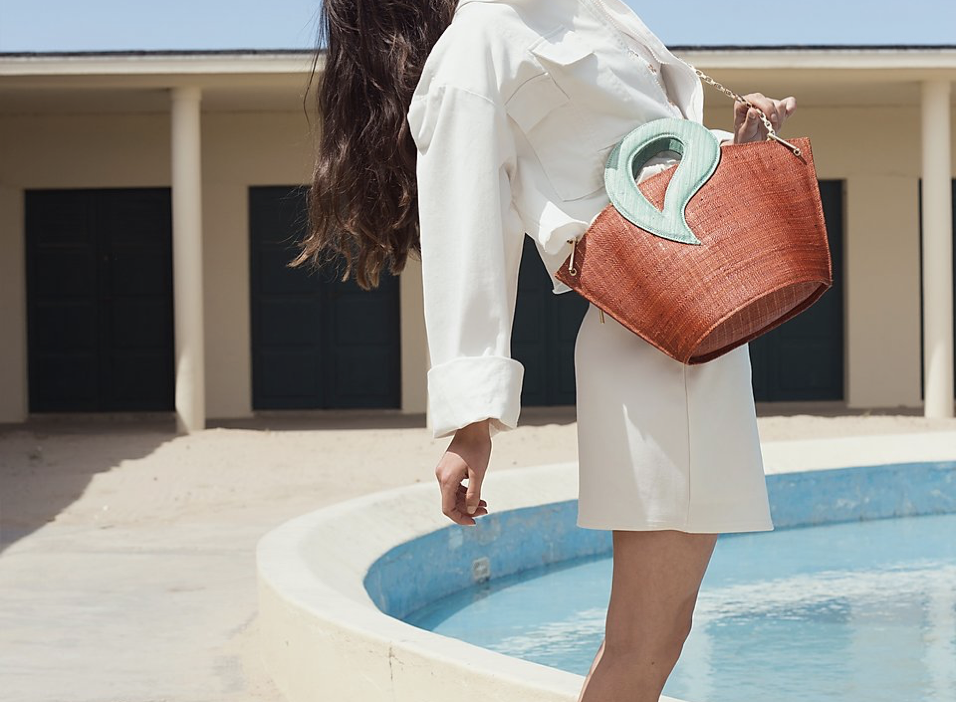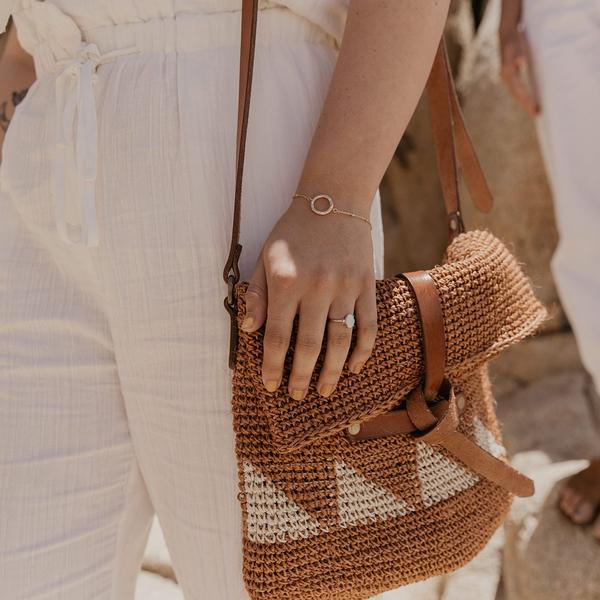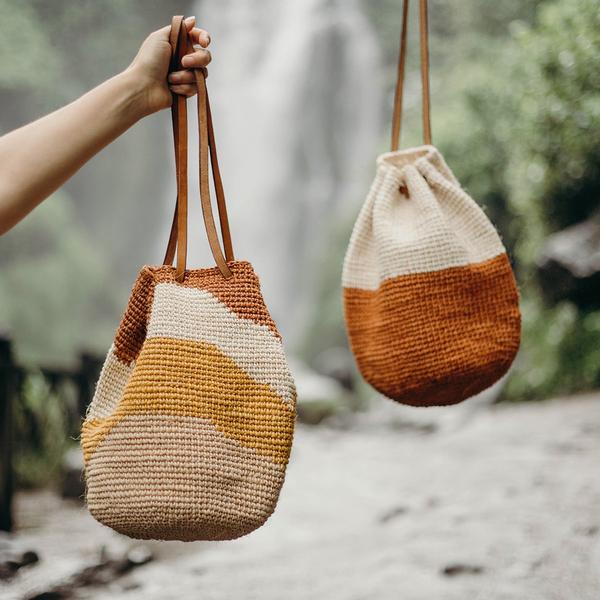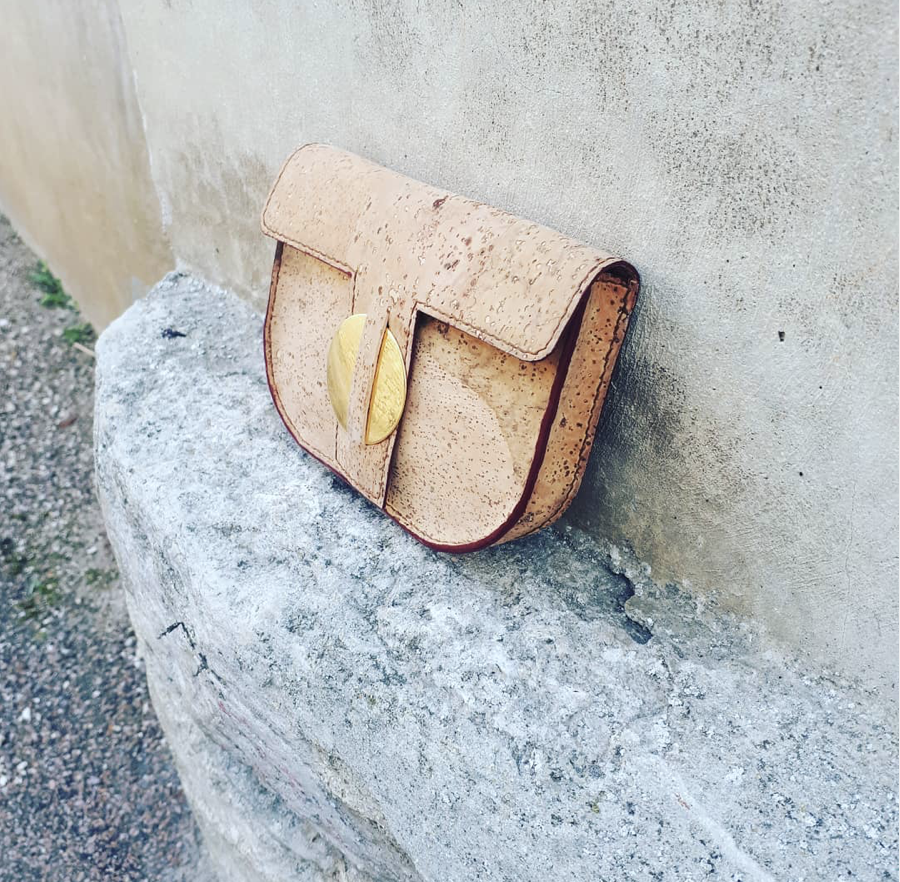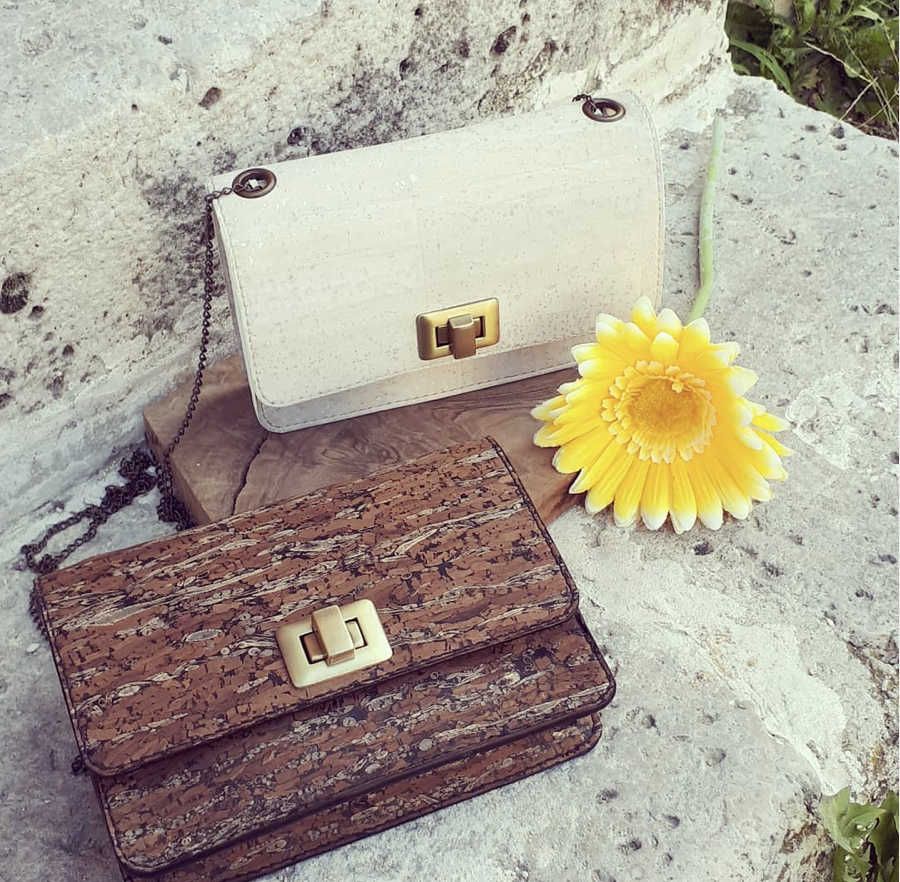Spring gently prepares us for summer with future walks, trips or hours spent over a drink with friends. Wherever we are, our bag follows us everywhere. So why not choose a bag while having a social and environmental impact? Here
is a list of ethical bags spotted around the globe.
Soli – His 🇺🇸

These bags made in the Philippines, will make you want to dress your outfits on the spot!
Clare Hynes, the founder of Soli – Her spends her first three years in the Philippines. She marvels at the talents of the craftsmen she meets. She started by launching a social project by working with a community of women to showcase their jewelry. Subsequently, she officially launched her brand and added a collection of handmade bags made from plant materials.
The Joanna bag (the one on the right) is woven from a material called Solihiyae. It is usually used for furniture. It quickly became popular in the 19th century, when parts of the Philippines were still colonized by Spain. This weaving was used for the backs of chairs to ventilate them. Pretty handy in times of high heat.
Soli – Son is committed to empowering women in the Philippines.
Sakosh by Paty 🇫🇷

These hand-knitted bags will color your outfits for months to come. Patricia, the founder, created her brand based on her different experiences
. The frivolous and free fashion of London or the colorful styles found in Africa, South America or Japan have been a major driver of the birth of these different collections. Among his creations, bags in the shape of a bucket, baskets or banana bags become trendy again.
Its brand brings together several dimensions such as modernity, timelessness and eco-responsibility. Patricia uses the crochet method to make her bags. The falls of coloured fabrics come from different brands all over Europe.
From the creation of the pattern to crocheting, everything is handmade by the founder herself. It takes an average of about 15 hours to make a single bag.
Yoomee🇩🇰

It is thanks to the encounters she made during these trips that Florence owes the birth to her Brand Yoomee. She starts by creating bracelets from beeswax and then gradually expanded to other types of accessories such as bags.
Today, the brand offers several collections of bags made from sheep’s wool, leather falls or palm leaves like the bag below.
Yoomee is in partnership with the Zahra-Al kawtar association. It is a committee of women with disabilities whose objective is to give them comfort, medical care and embroidery learning for those who do not have a job.
Good People 🇫🇷

The desire to improve the lives of others can lead to exceptional acts. Clémence, founder of Good People, had spent time teaching English and French through an association in Madagascar. Later, she was inspired by the local crafts of the city and decided to create her brand with the desire to have a social imp
act. The colours and materials found in its various collections are inspired by the shades that can be found in the architecture and landscapes of Madagascar.
The bags are made only from natural materials such as silk, cotton, linen or refined. The use of raffia has an ecological impact because it promotes reforestation. The colours of the bags depend on the seasons thanks to natural pigmentation.
Made by Minga 🇪🇨
Minga settled in by giving the possibility to a community called The Floras of Chocopour to create bags from cactus fiber called cabuya.
Behind these bags, there is a touching story: that of giving local craftsmen the opportunity to stay and fight the unequal mines. Ecuador is losing 2.3% of its forests due to mine-research companies. As a result, families are forced to relocate because they lose their land and jobs.
Minga works with craftsmen, the majority of whom are women. It guarantees them a fair wage and negotiates together the prices of accessories so that they can make the most of this commercial partnership.
Paola 🇫🇷

Paola Borde was born from a progressive passion for the art of vegetable leather goods.
When Paola gets pregnant, she faces a problem where she can no longer carry a heavy bag. So she decides to use her free time to create her own bag but by any one; a vegetable bag made at the “saddle point” (hand-stitching, much stronger than machine sewing).
By word of mouth, his work is gaining notoriety. She decided to start designing only vegetable bags. It tests all kinds of materials such as pineapple fiber, cork, grapes, mango skin or straw.
Today several challenges have been met, such as the quality of its bags. To make them solid, it superimposes the materials of plant fibers. Today Paola continues its search to increase the durability of its bags.
Today, Paola, her husband and other apprentices are the only people to make her bags.

